What began as an occupation to stop Japan from being belligerent in the future and also help revive her economy birthed the unlikely popularity of ceramic figurines that are now collector’s delight.
Between 1945 and 1952, under the command of General Douglas Macarthur, the US occupied Japan. All factories were ordered to print on their products “Occupied Japan” or “Made in Occupied Japan”.
Figurines like the ones I’m about to show you started carrying this appellation. It’s been decades since the first of thousands of figurines were made. Below are 25 of the most valuable occupied Japan figurines.
Table of Contents
25 Most Valuable Occupied Japan Figurines Worth Money
No. |
Name |
Year |
Price |
1 |
Porcelain lady and GE |
1945-1952 |
$300 |
2 |
Colonial couple |
1945-1952 |
$265 |
3 |
Martine Lady head |
1940s |
$264 |
4 |
Bella Lady Head |
1940s |
$274 |
5 |
Hand painted Kitty |
1940s |
$199 |
6 |
Vintage Monk Figurines |
1945-1952 |
$100 |
7 |
Greer Lady Head |
1940s |
$189 |
8 |
Art Deco Clown Band |
1945-1952 |
$70.40 |
9 |
Vintage set figurines |
1945-1952 |
$50 |
10 |
Marceaux collection |
1945-1952 |
$100 |
11 |
Vintage Dancing Woman |
1930s |
$150 |
12 |
Moriyama Figurine set |
1945-1952 |
$110 |
13 |
Tall man and woman |
1945-1952 |
$147 |
14 |
Victorian Dancers |
1945-1952 |
$150 |
15 |
Twin cats |
1945-1952 |
$101.75 |
16 |
Colonial Man and woman |
1940 |
$125.49 |
17 |
Porcelain frogs |
1940 |
$132 |
18 |
Girl and boys figurines |
1945-1952 |
$74.50 |
19 |
Horse drawn Cinderella carriage |
1940s |
$75 |
20 |
Porcelain girls holding pots in hand |
1940s |
$98.01 |
21 |
American lady |
1945-1951 |
$70 |
22 |
Yamabushi Tengu Kutani Ware |
1945 |
$72.01 |
23 |
Vintage man and lady |
1945-1952 |
$65 |
24 |
Vintage set |
1945-1952 |
$50 |
25 |
Vintage figurines playing instrument |
1945-1952 |
$49.99 |
1. Porcelain Lady and GE
Year: 1945—1952
Price: $300
This is a figurine of two people, a lady and a man of unknown origin standing on a heavy disk designed so the two of them don’t tip over—a practice by figurine makers in occupied Japan. They are of course not Japanese seeing as they are dressed like Europeans. Or more appropriately, English. The man seems to be courtesying and the woman seems to be raising her face to smile at some unseen person. Whatever the story was, this pair was made in the years of the occupation of Japan and it costs $300.
2. Colonial couple
Year: 1945 – 1952
Price: $265
Like almost all the figurines made in the era of the occupation, these ones don’t come with a backstory. The potter’s intent is anyone’s guess.
All we are left with is beauty and the freedom of imagination. Here the man either tends to the lady’s hair or is whispering in her ear. Their attire is European, likely this potter copied an existing picture when he made the figurine. At any rate, it is a beautiful work of art. It was made in the years between 1945 and 52 and costs $265.
3. Martine Lady Head
Year: 1940s
Price: $264
This figurine is a member of a collection of other figurines called the Glamor Girls Collection.
According to a general belief, the collection was created to spread consolatory beauty in Japan which was ravaged by both an atomic bomb and poverty. People could gaze upon these pieces and be inspired. This one has a hand-painted pale face, packs a bunch of flowers on her head, and pouts. It was made in the 1940s and costs $264.
4. Bella Lady Head
Year: 1940s
Price: $274
Say hi to Bella. Pretty woman with the red lipstick. She is the all-American white woman of the 1940s visiting occupied Japan to see her soldier husband and to taste tofu for the first time. This is my story, not backed by history. Bella was hand-painted by a proficient potter in the 1940s. Flowers are mounted on her head and some gold paint for good measure. This figurine came down decades ago but has remained in pristine condition. Which is why it costs $274.
5. Hand Painted Kitty
Year: 1940s
Price: $199
Meet Kitty-Kitty, the vase cat. It looks almost lifelike and cuddly. Frozen in a perpetual strut, it looks your way with a mouth ready to meow to its new owner. It bears the burden of bubbles and flowers, gifts from the loving, caring hands of a Japanese artist. It’s got a white face, powdery black body, Swarovski crystals, and filigree settings. If you buy this cat but you don’t want the flowers in it, you can replace them with ones of your liking. All of this weirdness for $199.
6. Vintage Monk Figurines
Year: 1945 – 1952
Price: $100
This is the collection on this list that has any real connection in appearance with Japan. These look like monks ready to dish out some hard truth about nature and the essence of life to a group of youngsters. An important thing to note about figurines is that a collection of them is even more valuable than individual pieces. There are 15 pieces in this set, each may not fetch many returns but together they cost $100.
7. Greer Lady Head
Year: 1940s
Price: $189
Who she is, no one knows. But Greer looks like a middle-aged white woman looking for a place to shop for groceries. This figurine maker has some taste. This one is actually more than a figurine. It can be used to keep other lady things like lipstick, and powder. Gladly the last owner didn’t have much use for this figurine which is why it is in such a great state and sells for $189.
8. Art Deco Clown Band
Year: 1945 – 1952
Price: $70.40
You are hereby introduced to a band of clowns from 1940 ls Japan. Perhaps Japanese folk music played in your head when you saw them. These ones are probably not part of a set originally, but since they all have different types of instruments, sit back and enjoy a jocular rendering. Together they make a sale of $70.40.
9. Vintage Set Figurines
Year: 1945—1952
Price: $50
I like to imagine these sets of figurines as real folks on a Japanese street—or as the artist may have imagined it, as folks on an English street. The boy with the tennis racket on his way out to play at the court, the woman in the lacy tutu making her reluctant husband go with her to a ball, and the man with the basket—well, he is the odd one. All figures stand on blocks to keep them erect and beautiful all the time. Sets like this fetch a handful. This costs $50 perhaps because they aren’t so tall.
10. Morceaux Collection
Year: 1945 – 1952
Price: $100
I see little colorful folks sitting around fountains in a park. What do you see? The artists in occupied Japan didn’t only make statues of people, they made other objects as well.
They made teacups and saucers. In this picture, you have figures standing around other objects. There are two music players with guitars and people to enjoy their songs. This ensemble sells for $100.
11.Vintage Dancing Woman
Year: 1930s
Price: $150
This figurine is one of the unusual ones you will find on the market. It is a white figurine that may have either been sculpted by an amateur or a professional who was trying to express some subliminal message with his work. Whatever the case, he achieved something with this one. According to some authorities, artists sometimes worked with scarce materials. Perhaps this artist ran out of paint, or not. It is valued at $150.
12. Moriyama Figurine Set
Year: 1945—1952
Price: $110
Two authentic occupied Japanese figurines, because there’s the writing on the bottom of the figurines. They aren’t as colorful as most, but for the proof beneath the block, they attract the value of $110.
13. Tall man and Woman Figurines
Year: 1945-1952
Price: $147
Actually, a soldier and a woman, seeing as the man brandishes a weapon from an era even before the occupation. The woman is dressed likewise in a bodice. Unlike many figurines, the pedestal is decorated as much as the figures standing on it. Together they are valued at $147.
14. Victorian Dancers
Year: 1945—1952
Price: $150
Some collectors actually bring together figurines that share similarities in features. This way they get higher sales. In this collection of occupied Japan figurines, you have what seems like a community of locals at a show. The pack is valued at $150.
15.Twin cats
Year: 1945-1952
Price: $101.75
Cats that look like they are aware they are no longer in the occupied Japan era. They are valued at $101.75. The color combination is interesting; red spots on off-white backgrounds, like dalmatians.
16.Colonial Man and Woman
Year: 1940
Price: $125.49
A rare Victorian-era couple on an evening out, maybe. There’s a show of skill in the way the artist uses color. The artist may have been quite read. This is valued at $125.49.
17. Porcelain Frogs
Year: 1940
Price: $132
An intriguing design of frog-human figurines. Their postures are those of humans and their heads are those of frogs. These ones are valued at $132.
18. Girl and Boys Figurines
Year: 1945-1952
Price: $74.50
Kids are going to love this collection of a boy and two girls. The artist threw in some pets for good measure. Since they’re ceramics you might have to reconsider keeping them where kids can reach. They are valued at $74.50.
19. Horse Drawn Cinderella Carriage
Year: 1940s
Price: $75
Horse and Carriage, is for higher. There’s a story here but it’s lost in history. You can always imagine one of your own. These folks are either getting on the carriage or off it. These occupied Japanese figurines are valued at $75.
20. Porcelain Girls Holding Pots
Year: 1940s
Price: $98.01
Figurines can be doing anything, holding anything. Whatever the artist wants, he does. It was an occupied era in Japan by the way. These two girls holding pots are valued at $98.01
21. American Lady
Year: 1945 – 1952
Price: $70
A hand-painted 15.5cm of beauty, the American lady was probably walking down a Japanese street on a windy day when the artist saw the inspiration he needed to create this. It is valued at $70.
22.Yamabushi Tengu Kutani Ware
Year: 1945
Price: $72.01
Yamabushi Tengu is a mountain goblin, he sits on his knees to observe you as you observe it. If it isn’t a weird thing, then go for it here at the value of $72.01
23. Vintage Man and Lady
Year: 1945 – 1952
Price: $65
These occupied Japan figurines depict people from earlier history, farther back than most other figures do. The details in these ones are concise. They are valued at $65.
24. Vintage Set
Year: 1945-1952
Price: $50
These figurines are some of the cheapest on this list. This doesn’t reduce their worth though. Remember, the story and sentiment are as important. Valued at $50.
25.Vintage Figurines Playing Instrument
Year: 1945-1952
Price: $49.99
There’s true history here in these figurines. Their attire is reminiscent of occupied Japan. An artist was introspective here. The figurines are valued at $49.99.
The History of Occupied Japan Figurines
Following the Second World War, Allied soldiers besieged Japan, not for war, but for the purpose of occupying the country. It was 1945, and the occupation was overseen by General Douglas Macarthur. The purpose was to dismantle the Japanese military and then democratize the country.
The war had taken a dire toll on the country’s economy, a pall of sadness hung over the cities. Factories were down and hungry people loitered the street. The allied powers controlled everything from the government to the economy. They took over the rebuilding of the country and her factories.
To improve the economy, many manufacturers exported their goods to the United States. The allied authorities directed that all exported goods must be stamped with the words “Occupied Japan” or “Made in Occupied Japan“. This directive was to make it possible to exact taxes and fees on these products.
Exports with these words were brought home by soldiers to the US as souvenirs. A large percentage of what was exported was kitchenware. This is why you have a proliferation of porcelain dishes and vases all around the world.
It was a time of huge manufacturing for an economy hungry for growth in a world that was rising up from a war that killed millions. Many of the figurines were manufactured cheaply yet, the artists in Japan at the time were exceptional mimics of other artists like Dresden.
The occupation lasted for only seven years. When the allied soldiers left, producers didn’t have to stamp their goods with “Occupied Japan” anymore.
How To Identify Occupied Japan Figurines
There are other figurines in the sea of artistry in the world. There are in fact some that share a great resemblance with occupied Japan figurines. The best way to tell occupied Japan figurines from the rest is the stamp.
The “Occupied Japan” stamp
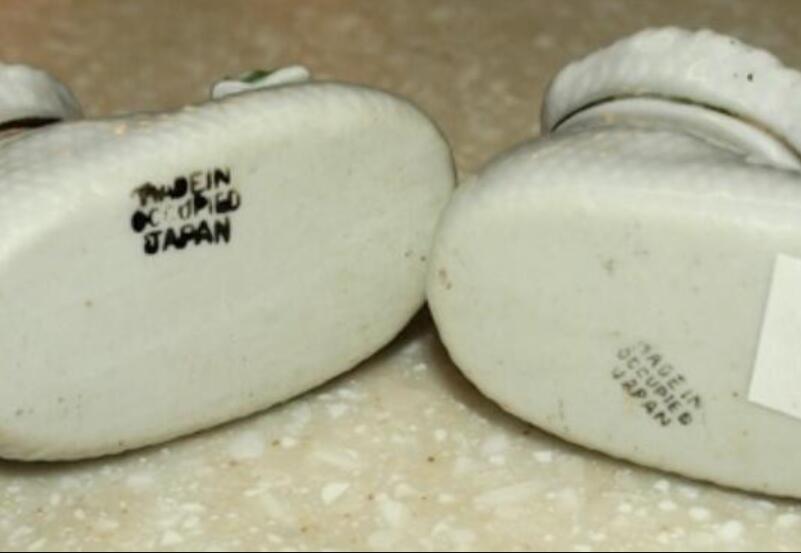
The order to have all exports marked or stamped with the “occupied Japan” stamp is what is inadvertently helping to identify these figurines now.
It is usually under the figurines. All you need to do to Identify the figurine is to turn it upside down. Occupied figurines usually have heavy pedestals upon which the figures are mounted. This is done to keep them stable on display.
The stamp is either written in red or black paint.
You may find a figurine without the stamp, but if the figurine is part of a collection then it is highly likely an original. Potters usually put the stamp on one or two and pack the rest without it in one box. This is an exception, however.
Metal Objects Should Be Embossed With The Stamp
Some occupied Japanese figurines are made with metal. Paints pill off metal so the originals are not painted on but embossed with the stamp “occupied Japan”.
If you are a new collector learning the ropes, you can be easily deceived into taking things at face value. A fake figurine made with metal will have the stamp incised on it instead of embossed.
Original marks never rub or wash off
Original figurines that have the “occupied Japan” stamp never lose it even with the passage of time. If the paint washes or rubs off then know what you found is a forgery.
Occupied Japan Figurines Value Guide
Made in Occupied Japan figurines are mostly copies of existing works of art belonging to famous sculptors. This is why they are not worth very much.
The Japanese economy was ill so the artists back then used cheap materials. A few have been known to be high quality though.
Below is a table showing the value guide for occupied Japan figurines. You can use this to tell how valuable your figurine is.
Factors |
Application |
Certificate of Authenticity |
Can make price higher |
Special Characters |
Japanese mythology, or characters that speak to sentiments, nostalgia or history |
Classical characters |
Characters from cartoons, history or comic books |
Multiple Characters |
Pairs, groups, of figurines |
Full-length Characters |
Bold sizes command better prices, not less than 8 inches |
Historical Significance |
Historical characters, like American lady, Yamabushi Tengu Kutani, Colonial Man and Woman |
Condition |
Quality material, well-preserved |
Certificate of Authenticity
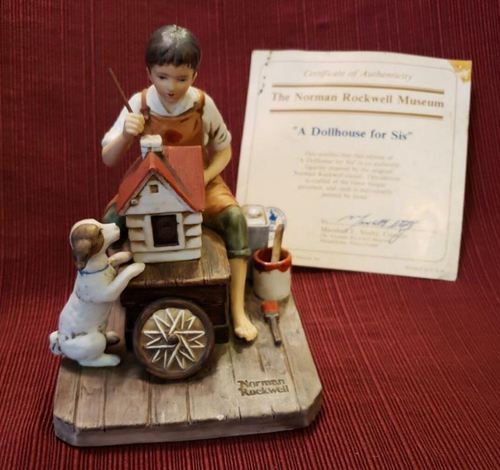
Having one of these is rare, and buyers, and collectors hardly ever ask. But if you are putting a high price on your occupied Japan figurine, perhaps because it is a rare original, you may add a COA to it. This gives the figurine added value, ups the sentiment and worth.
On the other hand, if you are buying occupied Japan figurines, and are trying to value them, quickly put a stock on a certificate as they can easily be forged. If you have misgivings about a figurine, it is best to have an independent appraiser check the legitimacy of the certificate and the figurine.
Special Characters
This factor influences the value of a figurine in many ways. It all boils down to the sentiments inherent in the figurine or that of the buyer.
Figurines that represent specific characters from antiquity are much prized, and collectors are ready to pay a lot for them. Some occupied Japanese figurines feature Japanese mythology. For example, the Yamabushi Tengu Kutani Ware figurine is from Japanese mythology.
Classical Characters
Any figurine that features characters from classical Japan, Europe, or other cultures is worth much too. Before you sell, make sure to research your figurine. You need to understand the origin and price it accordingly.
Multiple Characters
Figurine collections featuring multiple characters attract bigger returns than single ones.
However, skilled and experienced collectors can tell a haphazard collection. Random collections don’t have inherent sentiments. Multiple character collections like the Horse Drawn Cinderella Carriage and the Victorian Dancers often attract significantly higher prices than single ones.
Full-Length characters
Bold-sized figurines are worth more on the market than smaller sizes. Collectors want figurines that attract attention with their details right from across the room. Occupied figurines that are less than 8 inches usually attract values in the range of $5.
Historical Significance
A figurine featuring a significant character, or that immortalizes an event or someone important surely has high value. For example, the American Lady and the colonial Man and Woman figurines are reminiscent of history and people. They offer sentimental attractions.
Condition
This is one of the important factors that influence the value of a figurine. If your occupied Japan figurine is broken, severely chipped, faded, cracked, the value is automatically reduced.
How To Sell Occupied Japan Figurines
There are several places where you can sell your occupied Japan figurines.
Online Auctions
The world of the internet is filled with auction sites where collectors are waiting to see what you have to sell. Antique dealers visit these sites, scouting for collectibles. Sites like eBay, Etsy.
You can post your occupied Japan figurines there and get a good return especially if they’re in good condition and are authentic.
Antique Dealers
You can also sell directly to antique dealers. This usually results in a very good price because the dealer can personally examine the occupied Japan figurine. The transaction is also faster as you get paid almost instantly.
Social Media Groups
There are social media groups dedicated to antique sales. Occupied Japan Figurines has a few Facebook groups where you can advertise your figurine for sale. There just might be a Facebook user living in your city who sees the photo of your figurine and loves to buy it.
Final Thoughts
If you have a figurine in your possession, it may be a family heirloom or a gift from an aged aunt or uncle who participated in the second world war in some way, you need to check it again. You just might be having in your possession a treasure worth some money. This article contains information that should get you started.

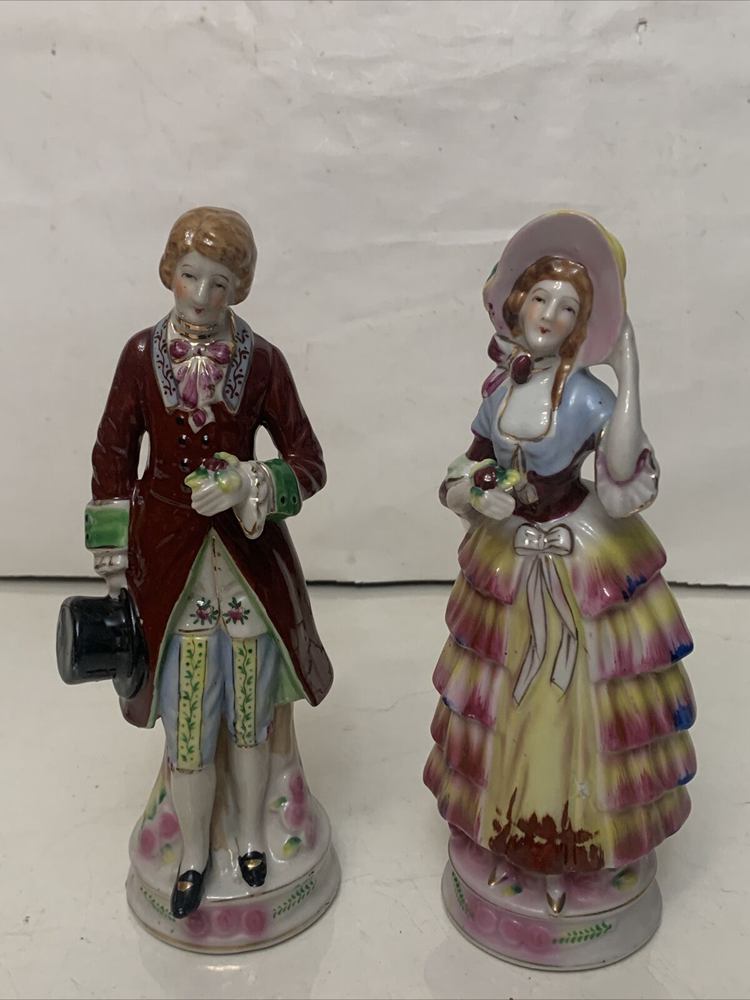
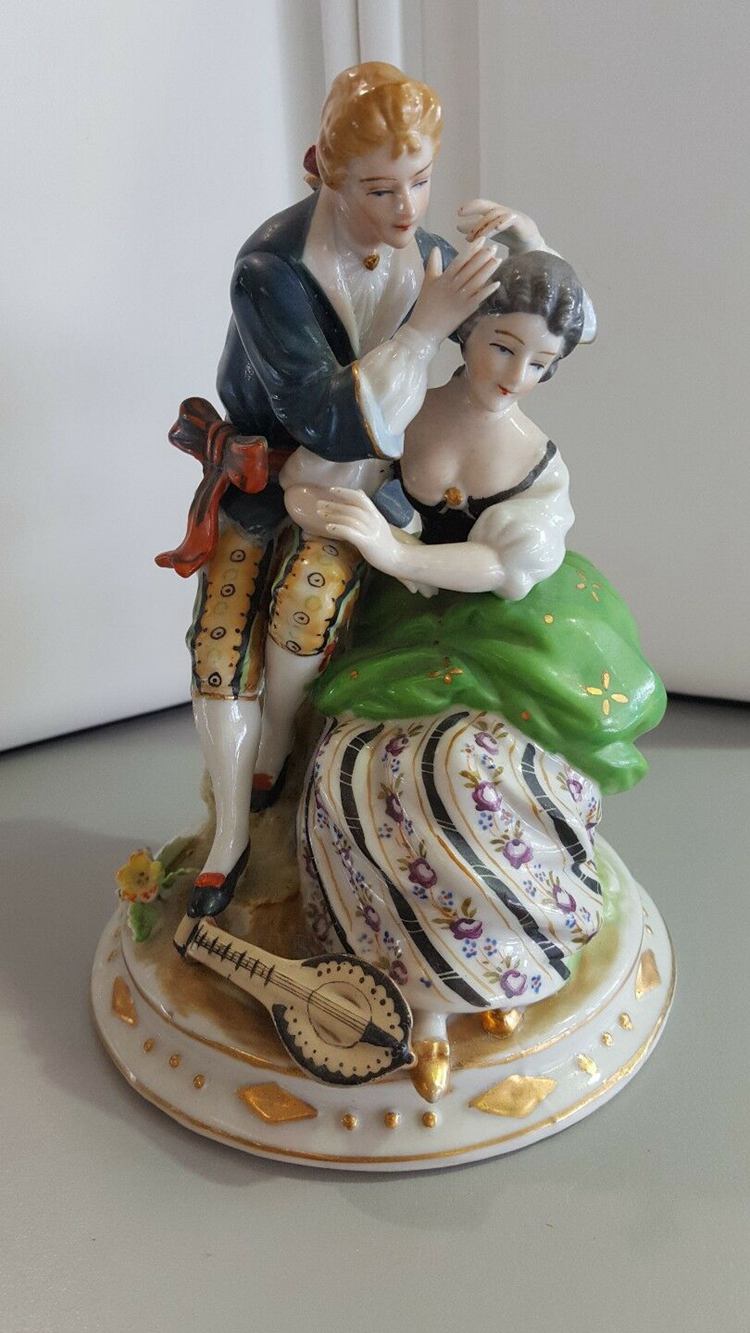
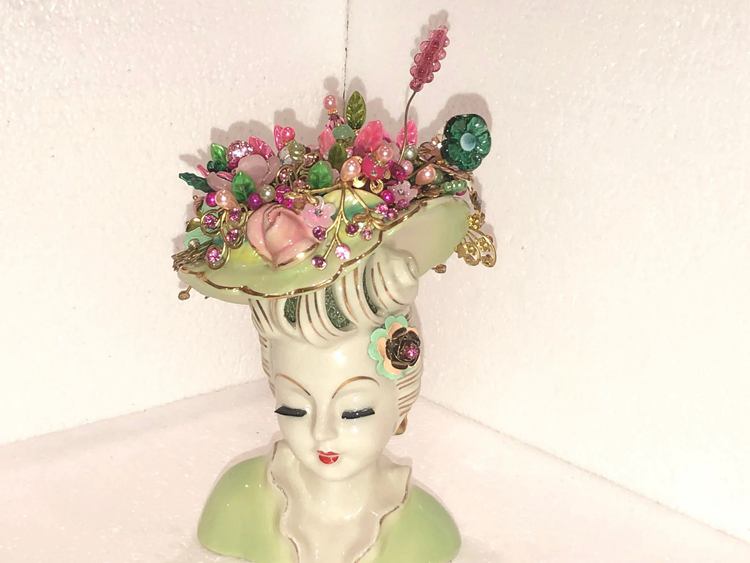
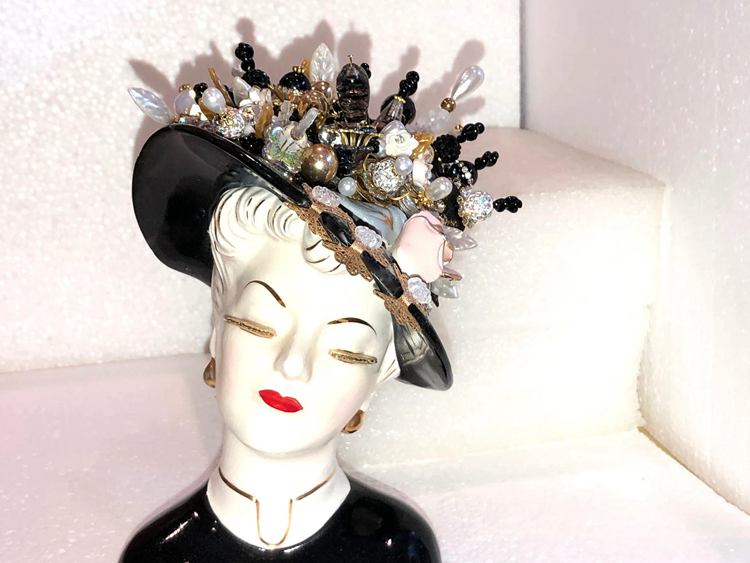
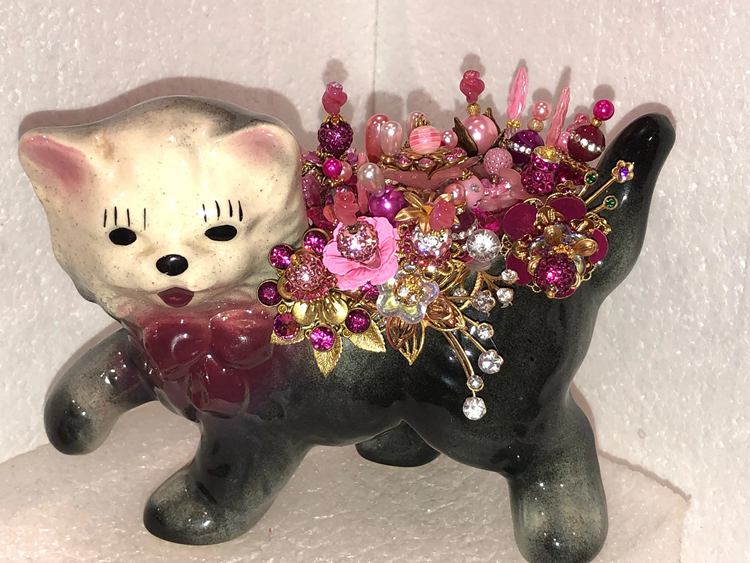
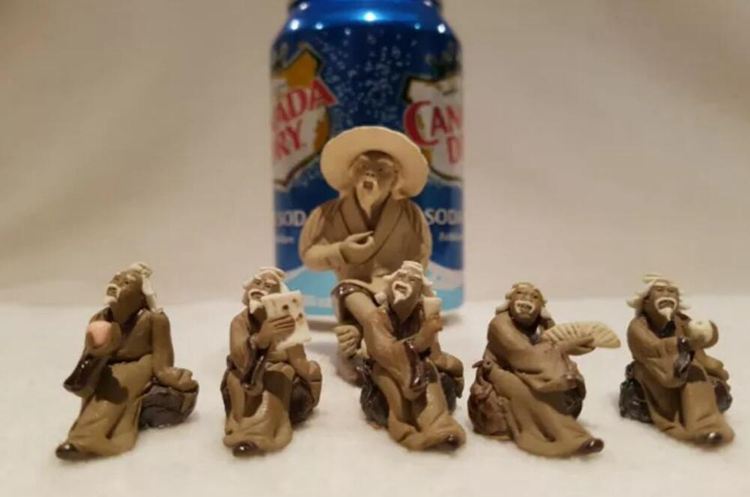
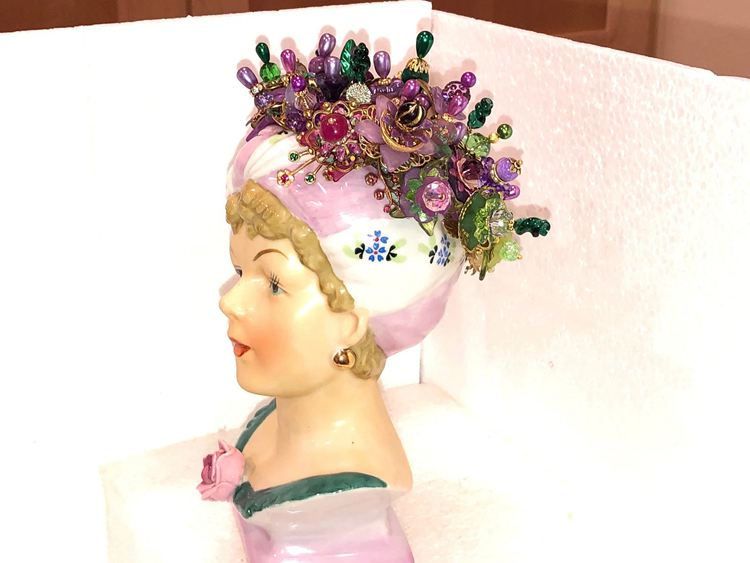
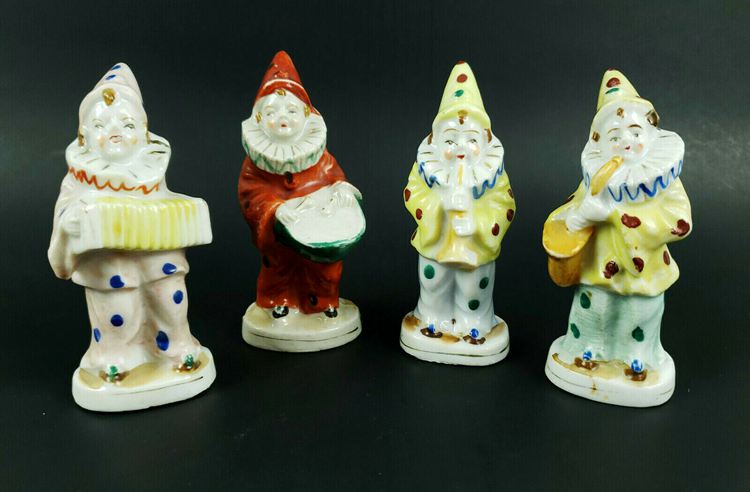
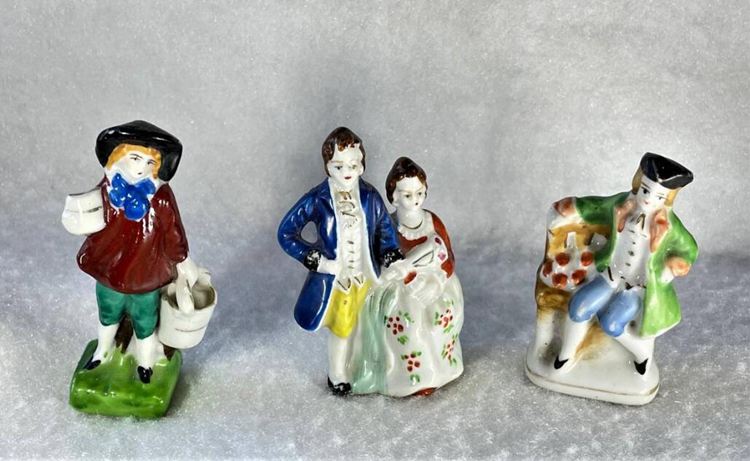
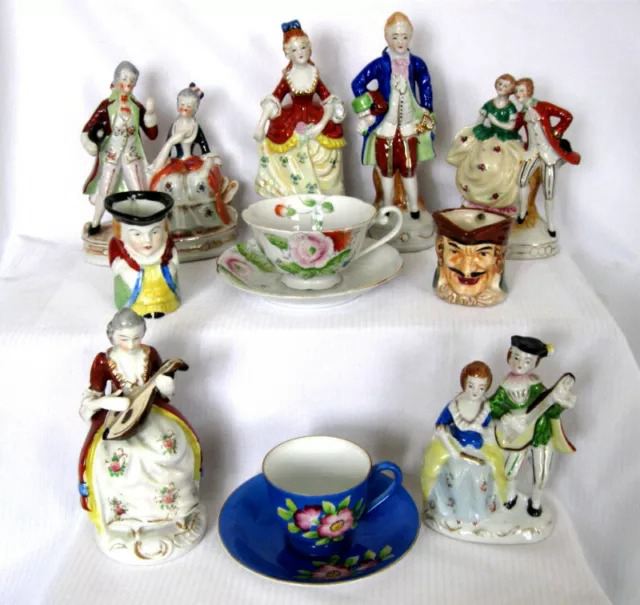
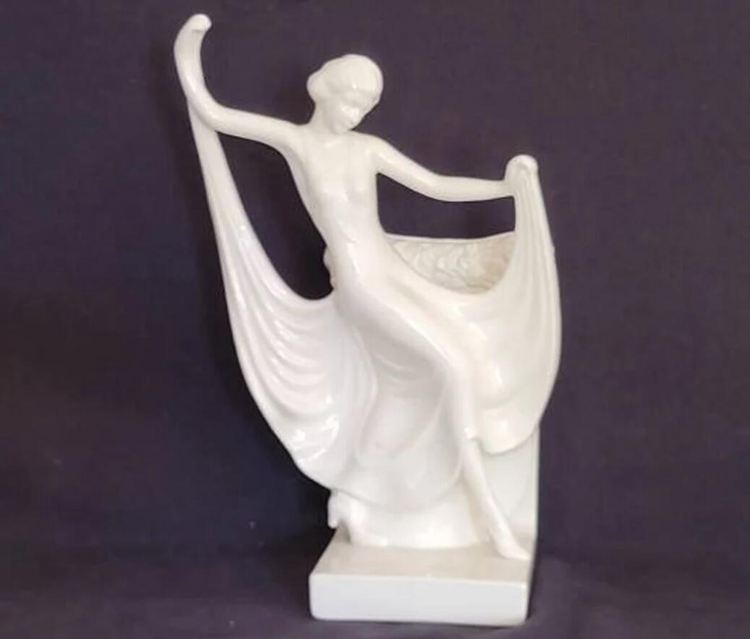
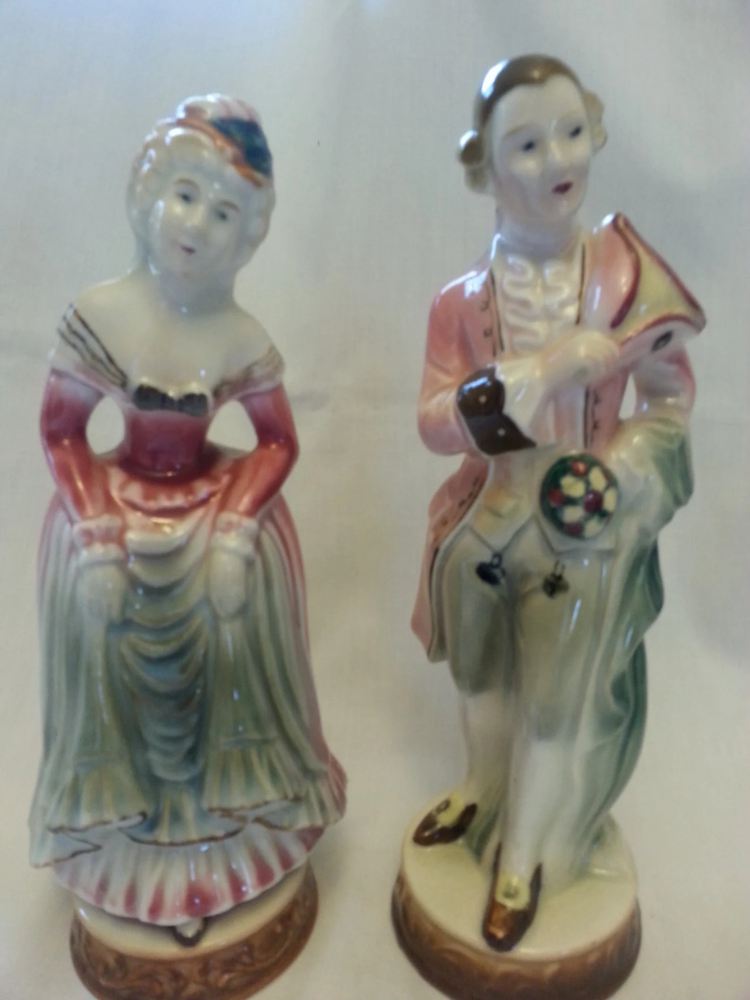
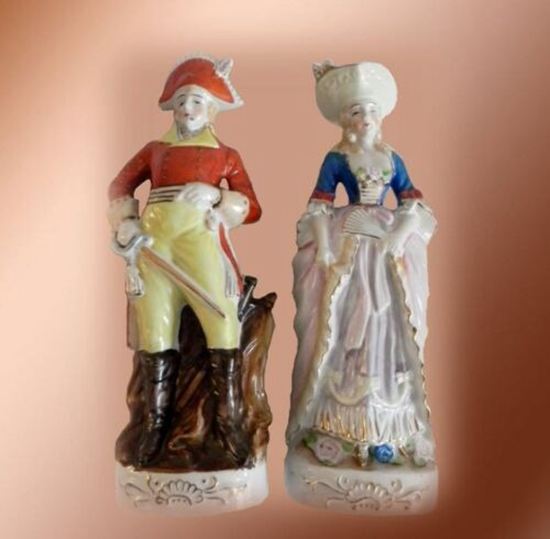
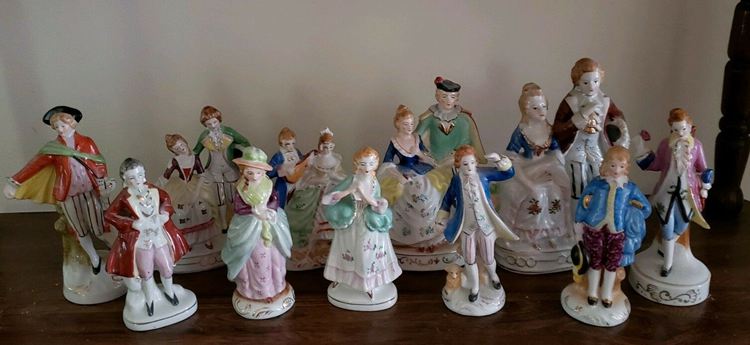
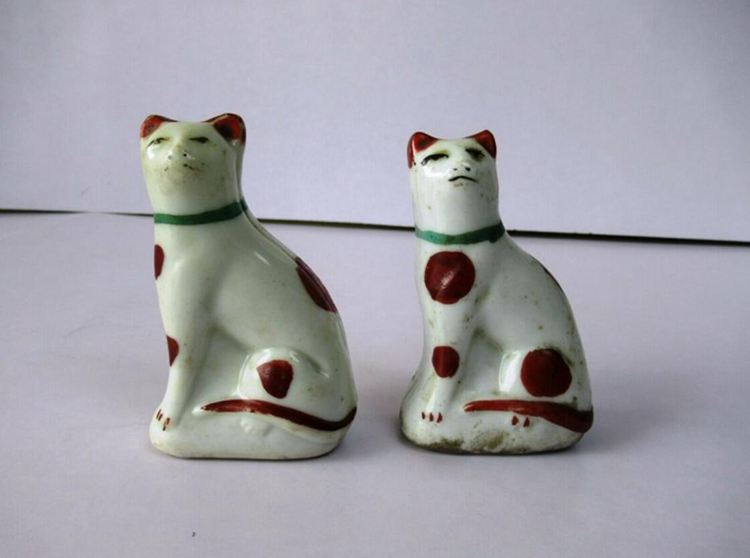
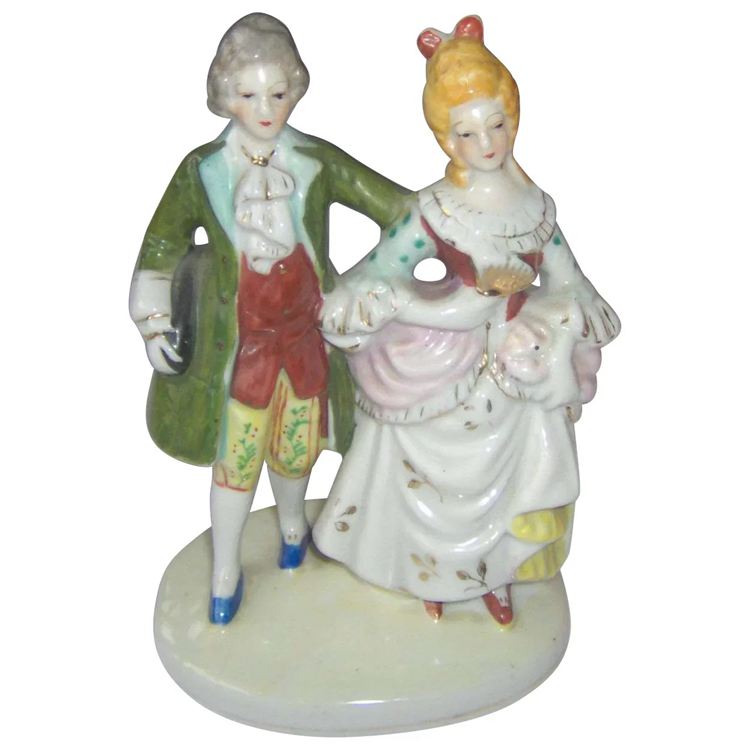
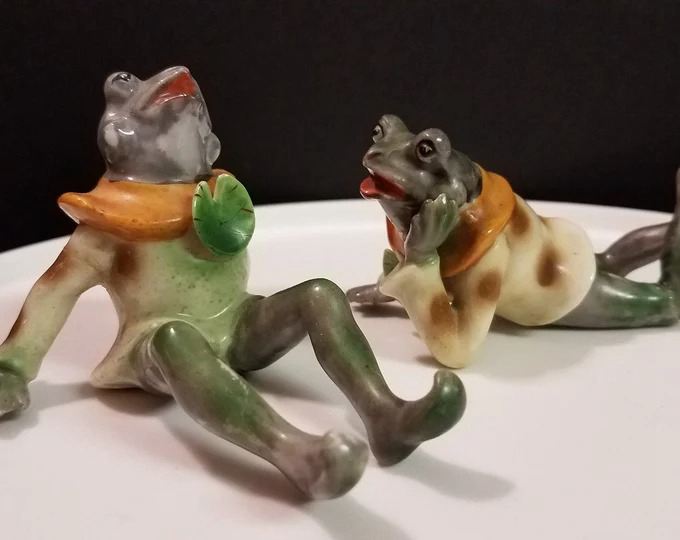
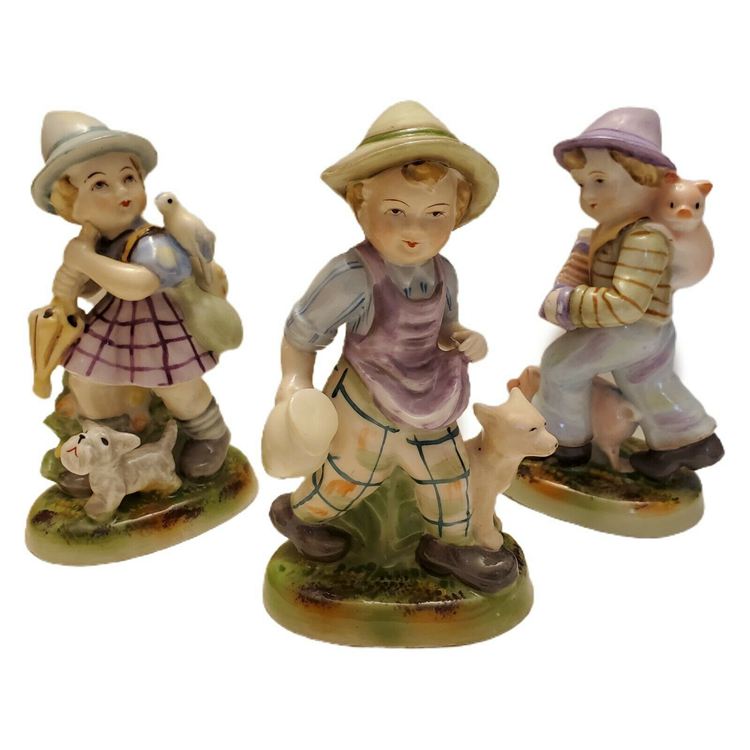
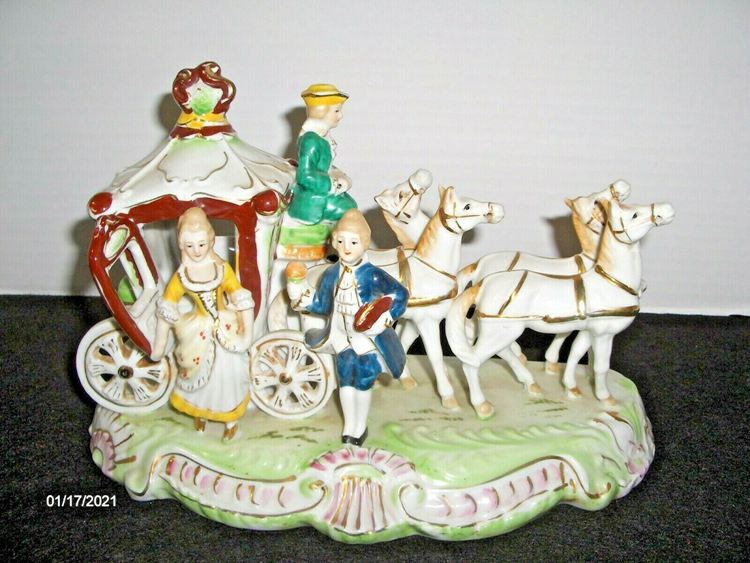
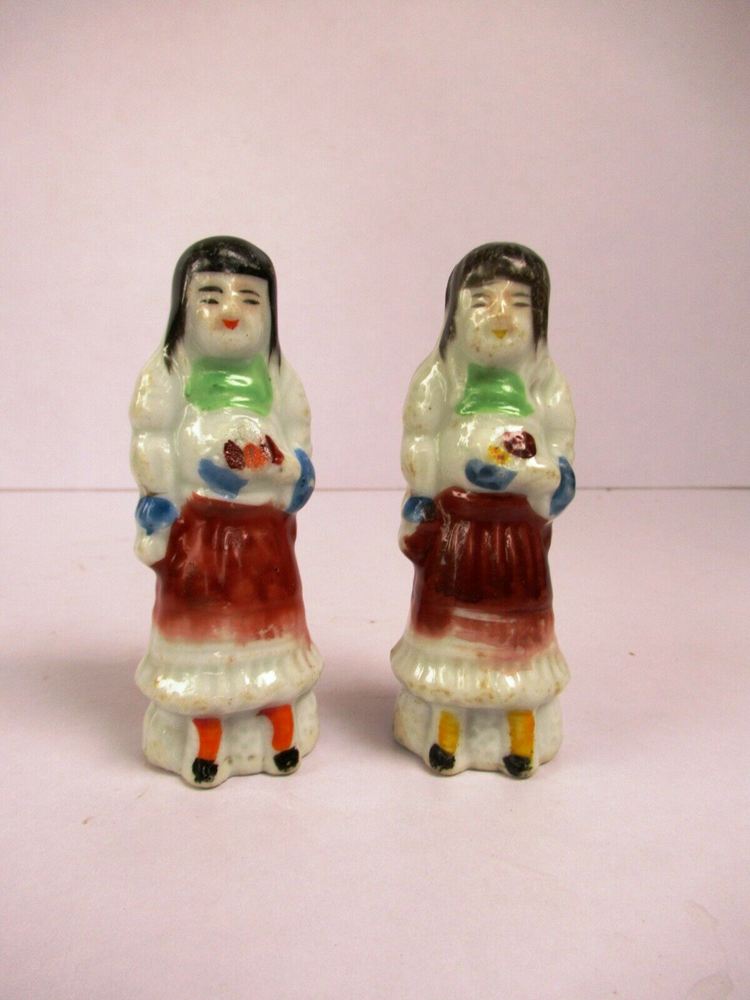
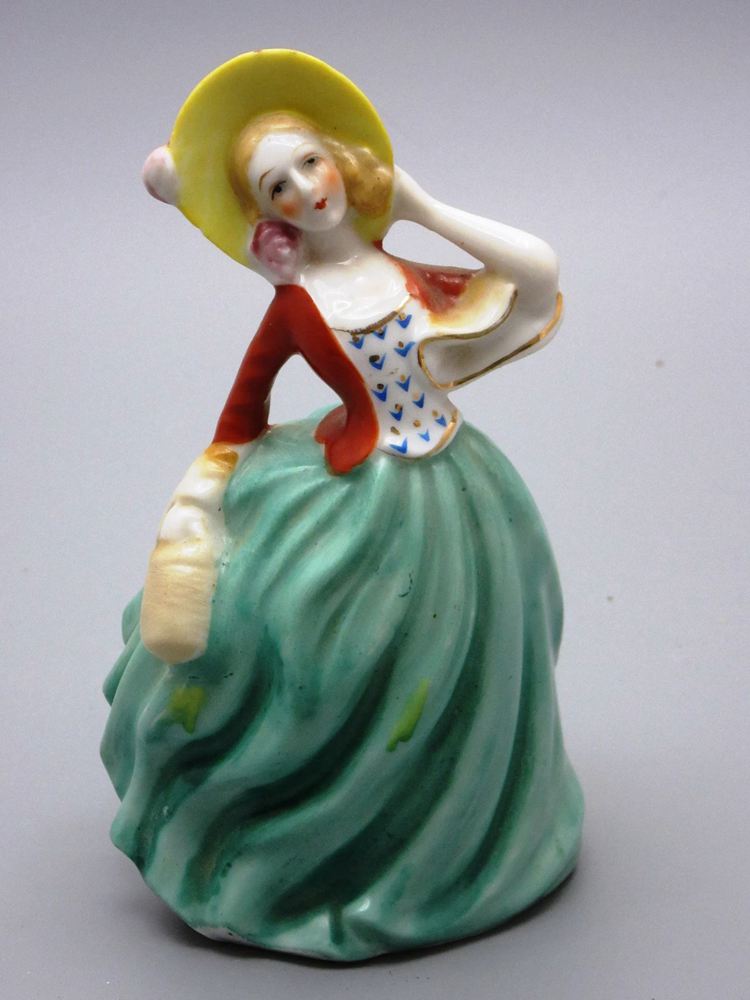
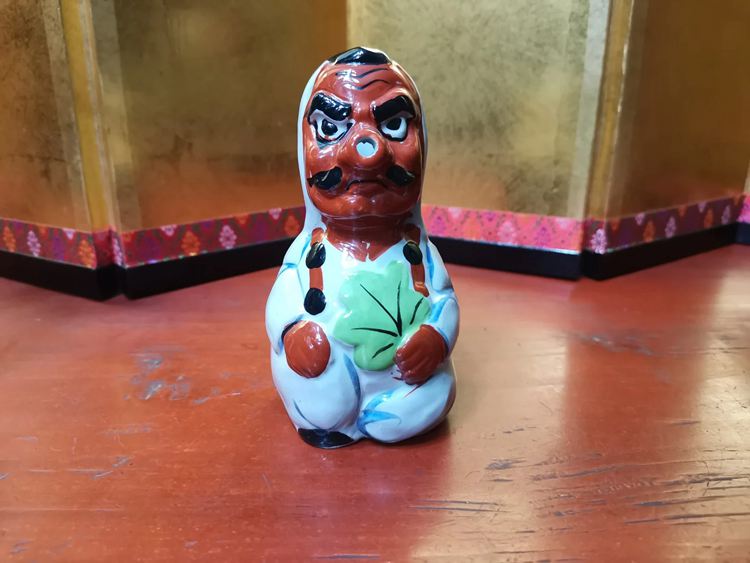
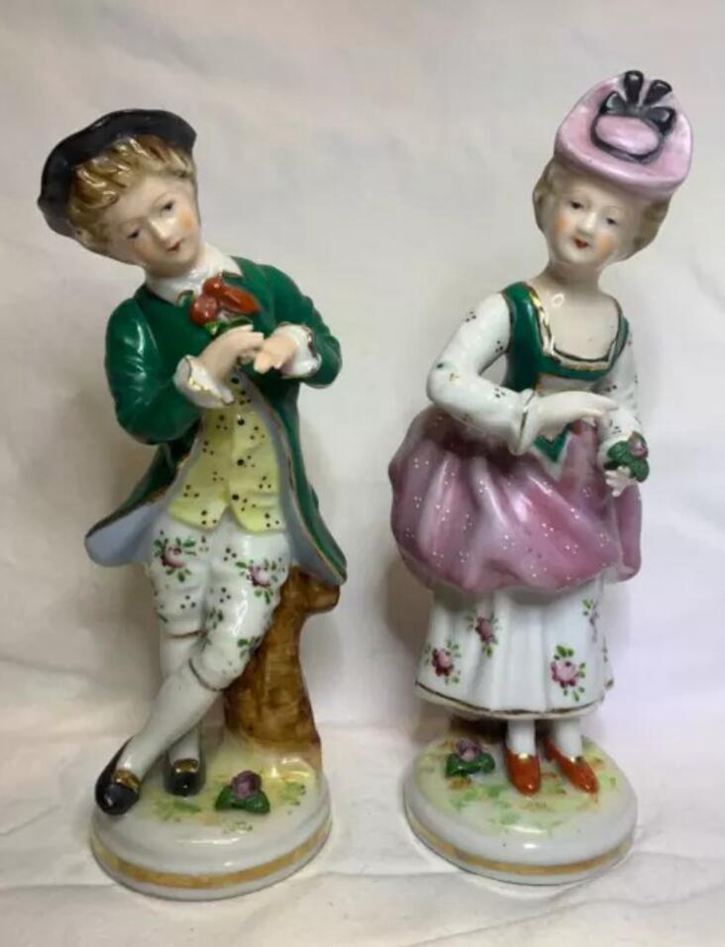
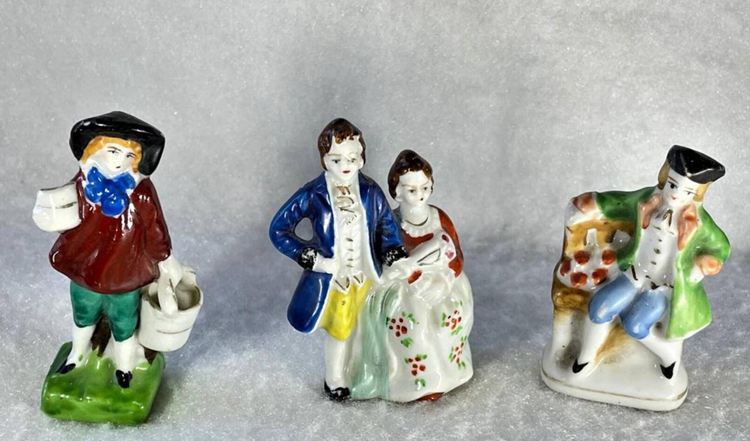
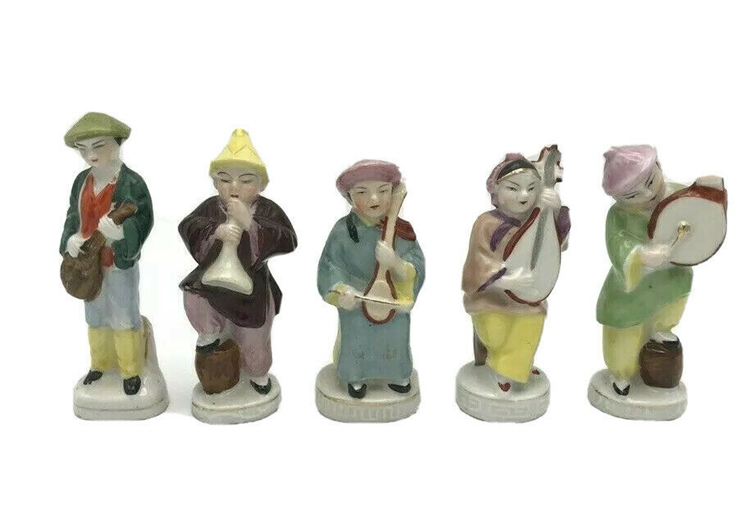




![Where To Sell Antique Furniture In 2022 [Ultimate Guide]](https://www.jacquelinestallone.com/wp-content/uploads/2022/09/Etsy-Your-Place-To-Buy-And-Sell-All-Things-Handmade-600x450.jpg)


